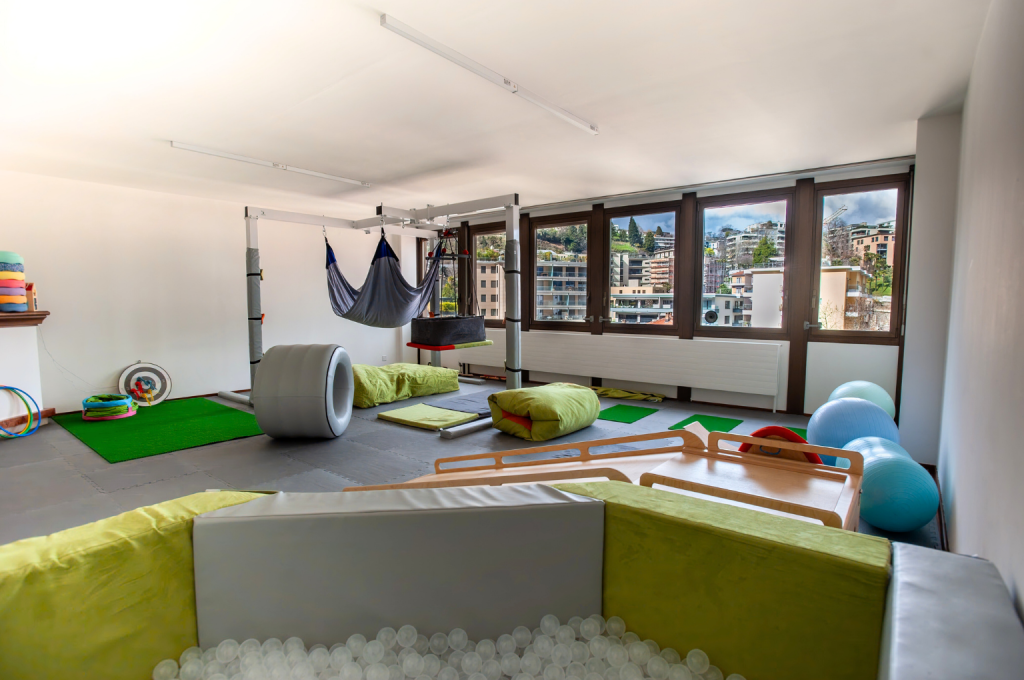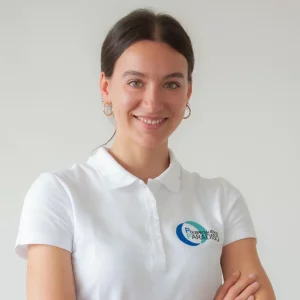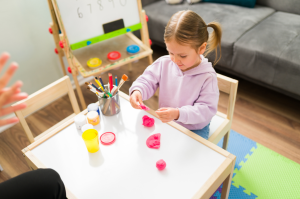Pediatric occupational therapy aims to develop and improve a child’s motor, cognitive, sensory, and social skills, enhancing their potential and interests.
The occupational therapy path supports the child’s growth
The starting point is a thorough evaluation of the child, including both qualitative observations (during play and specific activities) and quantitative assessments (such as standardized tests).
Parents are then interviewed to gather key information about the child, their difficulties, strengths, and limitations in participation.
Once the assessment is complete, the occupational therapist works with the family to set short-, medium-, and long-term goals. A report is then drawn up and shared with the entire network involved in the child’s care.
Why choose occupational therapy for your child?
The occupational therapy treatment is particularly recommended when the following issues are present:
- autism spectrum;
- attention deficit with or without hyperactivity;
- visual-spatial difficulties;
- graphomotor difficulties;
- motor coordination development;
- learning difficulties.
These conditions can have an impact on performing daily life activities. Specifically, the child may struggle with movement, fine motor skills, feeding (sucking, swallowing), exploring the environment, playing, learning reading and writing skills, spatial-temporal orientation, and interacting appropriately with peers.
Who does the occupational therapist collaborate with?
The occupational therapist primarily works with parents, who are also guided on strategies to apply at home, as well as with all other professionals involved with the child, such as:
- the pediatrician,
- the speech therapist,
- the physiotherapist,
- the psychologist,
- teachers.
This ensures effective care and allows collaborative work toward the established goals.
The importance of play
The main tool in occupational therapy treatment is play, which is essential for learning motor, cognitive, social, and sensory skills. Treatment is never standardized but always tailored and individualized according to the child. Each session is designed around the child’s interests to keep motivation high. Both the play context and the activity itself are adapted to reduce obstacles and increase self-awareness, self-esteem, and satisfaction.
The occupational therapist mainly focuses on acquiring and improving:
- independence in B-ADLs (basic activities of daily living) and I-ADLs;
- gross motor and fine motor skills;
- sensory integration skills;
- social, relational, and emotional skills;
- home and school accessibility, with the goal of reducing architectural barriers and, if necessary, introducing assistive devices.
The ultimate goal is to increase the child’s participation in all areas of life.
If needed, our specialists may also recommend the use of the sensory integration room, equipped with games and installations that stimulate adaptive responses of the central nervous system.



